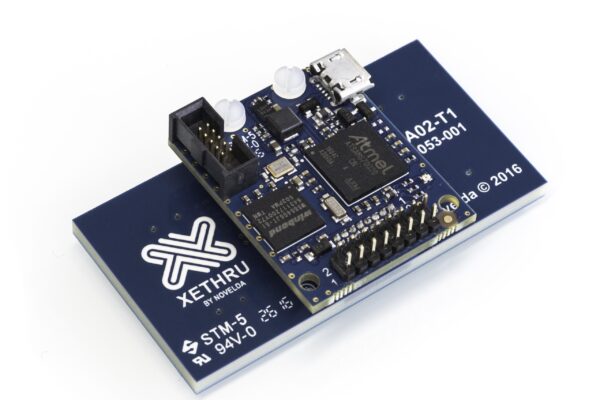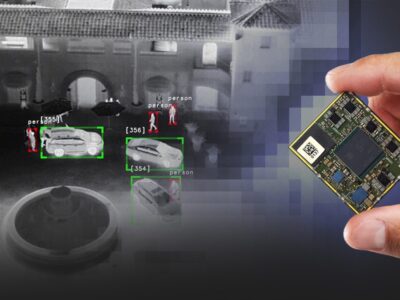
Radar sensor can detect human vital signs
Supporting various host environments, such as MATLAB, Python, C++ and C, the XeThru platform enabled developers need to rapidly start prototyping their radar application designs. The hardware bundles an X4 SoC with an MCU board and a PCB antenna, while communications software provides an API layer that enables access to the full functionality of the SoC, and open source reference code allows the use of digital signal processing libraries to extend system performance.
Integrated into a single chip, the X4 UWB impulse radar SoC combines a transmitter, which can operate at center frequencies of either 7.29 GHz or 8.748 GHz for unlicensed operation in worldwide markets, with a direct RF sampling receiver and a programmable system controller. The X4 SoC delivers some key performance improvements over the previous design: its frame size is now configurable for different applications and the range, for simultaneous observation, has been increased from 1m to 10m, making it 10x faster and much more suitable for presence detection; its on-chip advanced power management functions enable low-power duty cycle control and dramatically reducing power dissipation; and its higher level of integration reduces external component BOM costs by more than 50%.
Intended specifically to aid the development of sensors based on UWB radar technology, the components of the XeThru Developer Platform include:
- X4M03 Radar System – three interconnecting circuit boards that provide all the hardware required to prototype a target application – the X4SIP02 radar subsystem (the X4 chip mounted on a small daughter board), the X4A02 antenna board, and the XTMCU02 MCU board.
- XeThru Module Connector – a software suite allowing easy access to all X4M03 resources and streaming data through an API. XeThru Module Connector is distributed as a DLL / Shared Object and runs on WIN / Linux / MAC operating systems. The API is supported by Matlab, Python and C++/C.
- XeThru Embedded Platform – open source reference code, supplied as an Atmel Studio 7 project, that will run on the X4M03 and allow developers to implement their own radar module firmware, taking advantage of an API layer that provides access to the full parameter control of the X4 SoC and the ability to process data using standard DSP libraries.
Novelda claims that the X4 Impulse Radar SoC is currently the smallest UWB radar chip currently available in the market, combining ease-of-use with BOM cost advantages. As a UWB radar solution it has been optimized for occupancy and respiration sensing applications and provides sub-mm accuracy with a simultaneous observation range up to 10m. Operating at below 10GHz allows it to see through obstacles and its ultra-high spatial resolution allows the detection of multiple objects. Specified for industrial temperature range applications from -40°C to +85°C, the chip includes advanced power management features to ensure low power consumption (typically < 120 mW).
For more information, visit www.xethru.com.
 If you enjoyed this article, you will like the following ones: don't miss them by subscribing to :
eeNews on Google News
If you enjoyed this article, you will like the following ones: don't miss them by subscribing to :
eeNews on Google News




